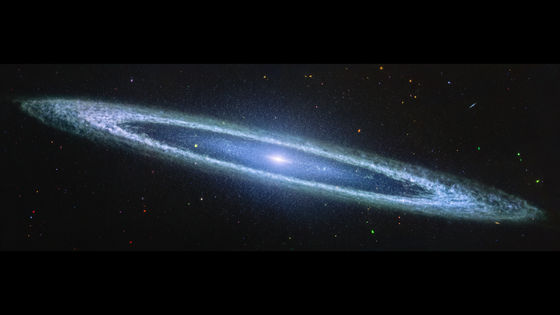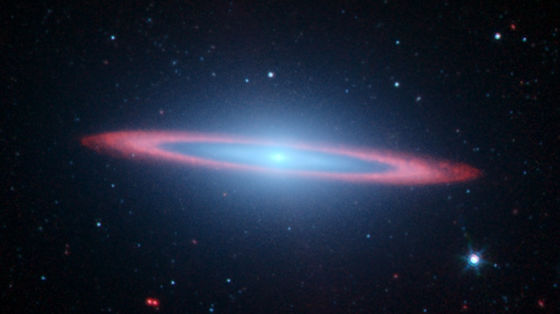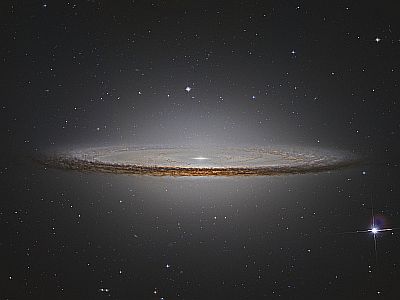James Webb Space Telescope captures clearest image ever of the 'Sombrero Galaxy'

by NASA, ESA, CSA, STScI, Hubble Heritage Project (STScI, AURA)
The James Webb Space Telescope's mid-infrared observation instrument captured a clear image of the Sombrero Galaxy in the constellation Virgo.
Hats Off to NASA's Webb: Sombrero Galaxy Dazzles in New Image | Webb
Hats Off to NASA's Webb: Sombrero Galaxy Dazzles in New Image - NASA Science
https://science.nasa.gov/missions/webb/hats-off-to-nasas-webb-sombrero-galaxy-dazzles-in-new-image/
This is what the Sombrero Galaxy looks like, as captured by the James Webb Space Telescope.

by NASA, ESA, CSA, STScI
The Sombrero Galaxy, also known as Messier 104, was discovered in 1781 by astronomer and comet hunter Pierre Méchain. It is located about 28 million light years away from Earth and can be seen in infrared images made by the Spitzer Space Telescope in 2005. Bright ring-shaped particles of dust have been spotted.
Spitzer Spies Spectacular Sombrero

by NASA/JPL-Caltech/R. Kennicutt (University of Arizona) and the SINGS Team
Observations were subsequently conducted by the Hubble Space Telescope, and a comparison video with infrared images created by the James Webb Space Telescope has now been released.
The image taken by the Hubble Space Telescope shown below looks quite different from the other two, but this is not due to differences in the telescope's capabilities. The Spitzer Space Telescope is an infrared observation image, and the James Webb Space Telescope is a mid-infrared observation image. The difference is that the images observed by the Hubble Space Telescope are visible light images.

by NASA and The Hubble Heritage Team (STScI/AURA)
It is believed that there are about 2,000 stars inside the Sombrero Galaxy, and astronomers have been able to gather information about how far apart the stars are, and what their characteristics are, as they are depicted in colorful images. This is intended to convey the message to the public.
Related Posts:
in Science, Posted by logc_nt







